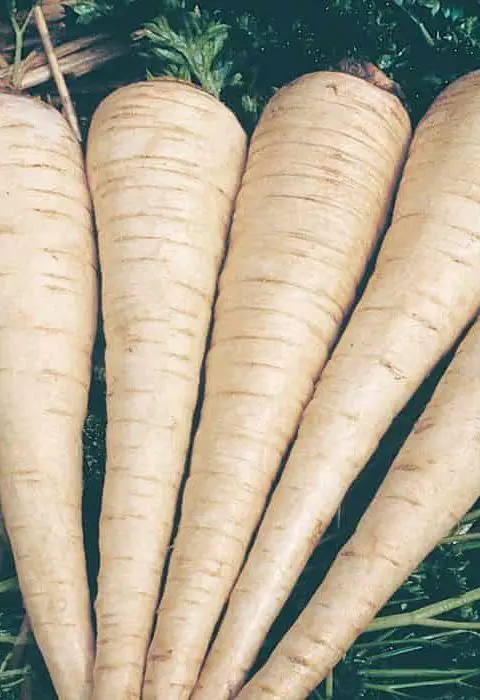Coriander is a herb that belongs to the parsley family (Apiaceae). It has a distinctive aroma and flavor that can enhance many dishes, especially those from Asian, Middle Eastern, and Latin American cuisines. Coriander has two parts that are used for different purposes: the leaves and the seeds.
The leaves, also known as cilantro, are fresh and green, with a citrusy and slightly peppery taste. They are often used as a garnish or added at the end of cooking to preserve their flavor and color. Cilantro is a common ingredient in salads, salsas, soups, curries, and stir-fries.
The seeds, also known as coriander seeds, are round and tan, with a warm and nutty flavor. They are usually dried and ground into a powder or used whole in pickles, marinades, and spice blends. Coriander seeds are a key component of many spice mixes, such as garam masala, curry powder, and ras el hanout.
How to Prepare Coriander
To prepare cilantro, wash the leaves and stems under running water and pat them dry with a paper towel. You can chop them finely or coarsely, depending on your preference and the recipe. You can also use a food processor or a blender to make cilantro paste or sauce.
To prepare coriander seeds, you can either use them whole or grind them into a powder. To use them whole, you can toast them lightly in a dry skillet over medium heat until they become fragrant and slightly darker in color. This will enhance their flavor and make them easier to crush. You can then use a mortar and pestle, a spice grinder, or a rolling pin to crush them to your desired consistency.
How to Cook with Coriander
Coriander is a versatile herb that can be used in many ways.
Here are some tips on how to cook with coriander:
- Use cilantro to add a fresh and bright flavor to dishes that are spicy, sour, or savory. For example, you can sprinkle cilantro over tacos, nachos, chili, or guacamole, or stir it into yogurt, hummus, or chutney.
- Use coriander seeds to add a warm and earthy flavor to dishes that are sweet, nutty, or creamy. For example, you can add coriander seeds to carrot soup, rice pudding, or apple pie, or mix them with honey, butter, or cream cheese.
- Use both cilantro and coriander seeds to create a balanced and complex flavor profile. For example, you can use cilantro and coriander seeds in the same dish, such as a chicken curry, a lentil stew, or a vegetable tagine, or use them in different components of a meal, such as a cilantro salad and a coriander bread.
Benefits of Coriander
Coriander is not only a delicious herb, but also a nutritious one. It has many health benefits, such as:
- It is rich in antioxidants, which can protect your cells from damage caused by free radicals and inflammation. Antioxidants can also help prevent or treat various diseases, such as cancer, diabetes, and Alzheimer’s.
- It is a good source of dietary fiber, which can help lower your cholesterol and blood sugar levels, as well as improve your digestion and bowel movements. Fiber can also help you feel full and reduce your appetite.
- It is a good source of iron, which can help prevent or treat anemia, a condition that causes fatigue, weakness, and pale skin. Iron is also essential for the production of red blood cells, which carry oxygen throughout your body
- It is a good source of vitamin C, which can help boost your immune system and fight infections. Vitamin C can also help your body absorb iron, heal wounds, and synthesize collagen, a protein that supports your skin, bones, and joints.
- It is a good source of vitamin K, which can help your blood clot and prevent excessive bleeding. Vitamin K can also help maintain your bone health and prevent osteoporosis, a condition that causes your bones to become weak and brittle.
How to Store Coriander
To store cilantro, you can either keep it in the refrigerator or freeze it. To keep it in the refrigerator, wrap the stems in a damp paper towel and place them in a plastic bag or a container. This way, cilantro can last for up to a week. To freeze it, chop the leaves and stems and place them in an ice cube tray. Fill the tray with water and freeze it. Once frozen, transfer the cubes to a freezer bag or a container. This way, cilantro can last for up to six months.
To store coriander seeds, you can either keep them in a cool and dry place or freeze them. To keep them in a cool and dry place, store them in an airtight jar or a container away from direct sunlight and heat. This way, coriander seeds can last for up to a year. To freeze them, place them in a freezer bag or a container and seal it tightly. This way, coriander seeds can last for up to two years.







